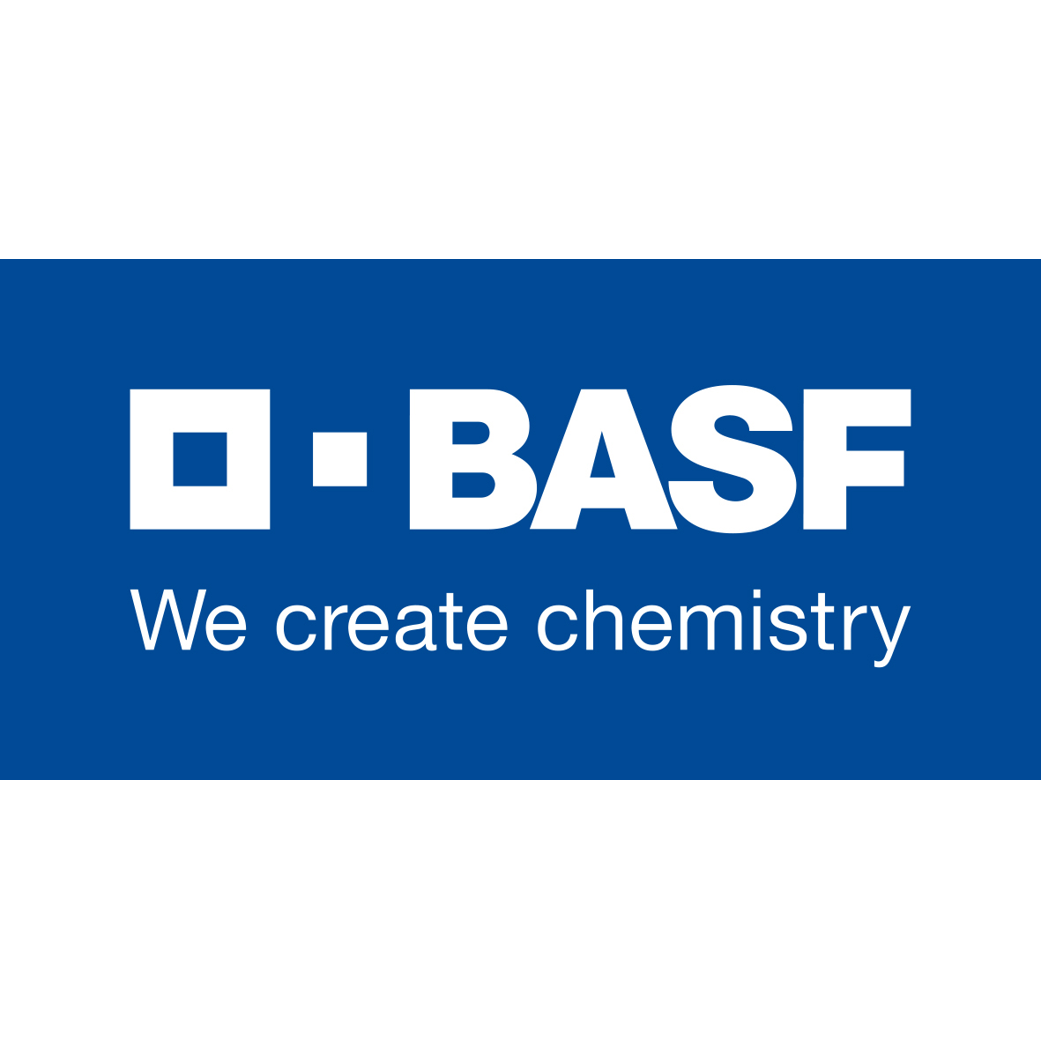Isopulegol
Synthétique
Herbal > Minty > Sulfuric > Icy

Crédits photo: ScenTree SAS
Other names :
(1R, 2S, 5R)-5-methyl-2-(1-methylethenyl)-cyclohexanol
Volatility :
Base
Uses in perfumery :
Data not available.
Natural availability :
Isopulegol is a molecule commonly found in nature. It is present in concentrations from 0.5% to 1.7% in citronella Java EO, as well as in several species of the Citrus genus as well as the majority of essential oils from the Mentha genus. It can also be found in Abies balsamea, Picea mariana, and various eucalyptus species.
Year of discovery :
Data not available.
Other comments :
Data not available.
Price Range :
Data not available.
Stability :
Isopulegol is quite stable in all kind of applications

Crédits photo: ScenTree SAS
- Molecular formula :
- C10H18O
- Molecular Weight :
- 154,25 g/mol
- Density :
- 0,91
- Flash Point :
- 83,5°C
- Fusion Point :
- Donnée indisponible.
- Appearance :
- Colorless liquid
- Log P :
- 2,4
- Boiling Point :
- 211,66°C
- Detection Threshold :
- Donnée indisponible.
Synthesis route :
Isopulegol can be obtained thanks to acidic catalysis of (R)-Citronellal
Synthesis precursor :
Koumalactone can be obtained from isopulegol through epoxidation.
Dihydromintlactone can be obtained from isopulegol via ozonolysis.
Menthol can also be derived from isopulegol. The process is as follows:
Citral -> Distillation to separate Geranial/Neral -> Chiral catalysis to produce (R)-Citronellal -> Acid catalysis to create isopulegol -> Hydrogenation to produce (-)-Menthol.
Isomerism :
Data not available.
- EINECS number :
- 201-940-6
- FEMA number :
- 2962
- JECFA number :
- 755
- FLAVIS number :
- Donnée indisponible.
- Allergens :
- This ingredient does not contain any allergen.
- IFRA :
- This ingredient is not restricted
To learn more about IFRA's standards : https://ifrafragrance.org/safe-use/library
ScenTree is solely responsible for the information provided here.


